Trump policies could mean big boon for Hawaii’s commercial fishermen and the enviro’s are upset!
The debate over fishing regulations at the Papahanaumokuakea Marine National Monument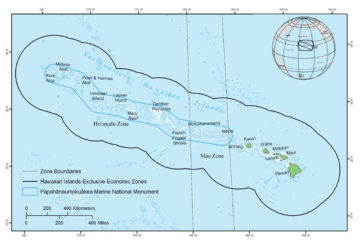 is heating up again. The council that helps outline rules for fishing in the federally protected area says it wants to work with the Trump Administration to ease restrictions there, making it easy for Hawaii’s commercial fishermen to work in waters around the monument. Environmental groups are demanding protections remain in place. Some are even calling for an investigation. The Western Pacific Regional Fishery Management Council – known as Wespac – is meeting at the Ala Moana Hotel through Thursday. At the same venue as the Wespac meeting, a coalition of environmentalists and conservationist came together on Tuesday to challenge the council’s position. Watch the video, read the story here 08:46
is heating up again. The council that helps outline rules for fishing in the federally protected area says it wants to work with the Trump Administration to ease restrictions there, making it easy for Hawaii’s commercial fishermen to work in waters around the monument. Environmental groups are demanding protections remain in place. Some are even calling for an investigation. The Western Pacific Regional Fishery Management Council – known as Wespac – is meeting at the Ala Moana Hotel through Thursday. At the same venue as the Wespac meeting, a coalition of environmentalists and conservationist came together on Tuesday to challenge the council’s position. Watch the video, read the story here 08:46

































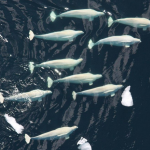

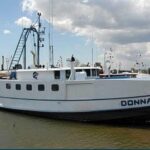
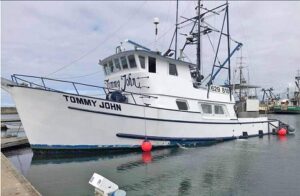

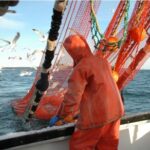

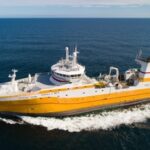



“Last year, they reached their quota after a few months of fishing,” said Paul Achitoff, managing attorney for Earthjustice Mid-Pacific. “They have the rest of the ocean, and I have absolutely no doubt that they can catch their quota in other places.”
I wish these eco-crusaders would bother to acquire even the most rudimentary facts regarding fish behavior and fishing. Productive fishing in “the rest of the ocean” is, for these local fishermen, largely out of range and is the realm of the larger international corporate owned seiner ships.
Fish are not evenly distributed throughout the ocean as per the scientists’ computer models. Fish congregate in very specific areas, near reefs and edges where conditions are most favorable. The reefs within this “Marine Monument” that have been closed off are some of these specific prolific fishing areas. Local size/range restricted vessels depend on the Tuna “Run” on these local reefs during certain months. These reefs are a safe steam within reach for the smaller independently owned and run fishing operations.
All these “monmuments” accomplish is essentially to put the smaller boat local fishermen out of business and hand the fish over to the corporate owned 250 foot ships that wait for the Tuna to migrate out of these “protected areas”.